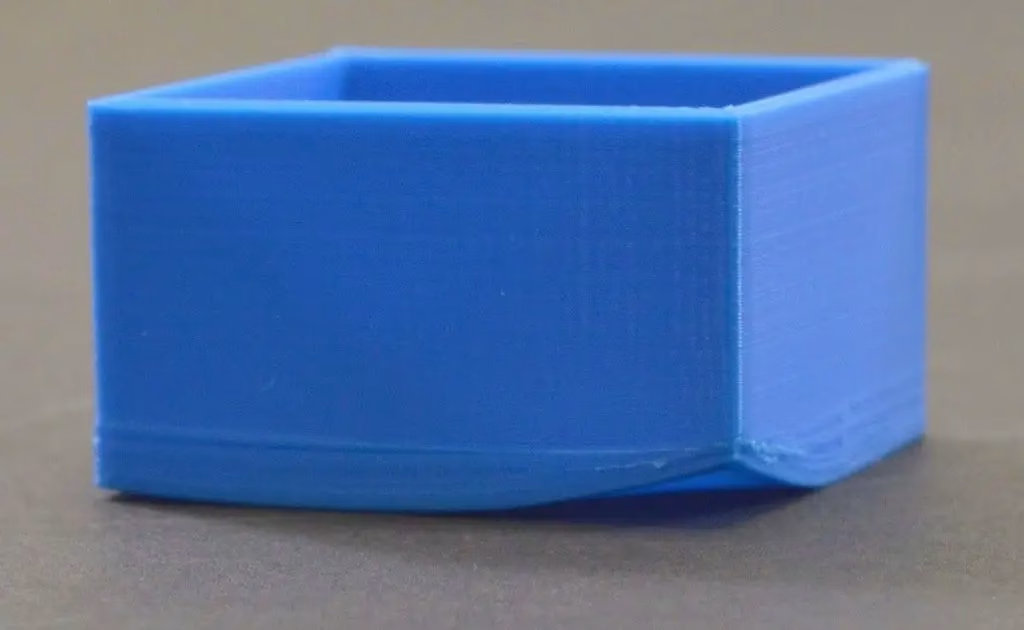Introduction: The Warping Nightmare
When Boeing engineers first 3D printed ABS aircraft components, they faced a 47% scrap rate due to warping. Today, advanced techniques have reduced failures to under 5%—and you can achieve similar results.
This guide reveals proven methods used by aerospace labs and hobbyists alike to conquer ABS curling, from basic fixes to cutting-edge solutions.
Why ABS Warps: The Science Behind the Curl
ABS (Acrylonitrile Butadiene Styrene) shrinks 1.5-2% during cooling, creating internal stresses that lift edges.
Key factors:
| Factor | Impact Level |
|---|---|
| Bed Temperature | ★★★★★ |
| Ambient Drafts | ★★★★☆ |
| First Layer Adhesion | ★★★★☆ |
| Print Speed | ★★★☆☆ |
“Think of ABS like a pizza crust—cool it unevenly, and it curls up,” explains Dr. Lena Kowalski, materials scientist at 3D PrintTech Labs.
7 Proven Methods to Stop ABS Warping
1. Bed Preparation: The Foundation
Optimal Setup:
- Surface: PEI sheet (textured) or Garolite (for high-temp ABS)
- Adhesives:
- ABS slurry (ABS scraps + acetone)
- Magigoo ABS (applied at 110°C)
- Temperature: 100-110°C for the first layer, 90-100°C thereafter
Pro Tip:
“Clean your bed with acetone, not IPA—ABS bonds better to chemically etched surfaces,”
— MarkForged Application Engineer, Ryan Chen
2. Enclosure: Non-Negotiable for ABS
Minimum Requirements:
- 40°C internal temperature
- Polycarbonate panels (withstands 120°C)
- Silicone gaskets for door seals
Budget Hack: Use a cardboard box with Kapton tape (works up to 80°C).
3. First Layer Settings: Make It Stick
| Parameter | Ideal Value |
|---|---|
| Nozzle Temp | 240-250°C |
| Bed Temp | 105-110°C |
| Speed | 15-20 mm/s |
| Line Width | 150% nozzle diameter |
| Z-Offset | 0.05mm squish |
Visual Check: Your first layer should show slight flattening without transparency.
4. Brims & Rafts: When to Use Each
- Brims: 8-15mm width (best for large flat parts)
- Rafts: 3mm base + 1mm interface (for small contact areas)
- Mouse Ears: 5mm discs at corners (alternative to full brim)
CAD Trick: Add anti-warping tabs in Autodesk Fusion (2mm thick, 10mm wide).
5. Temperature Control: Beyond the Bed
Advanced Solutions:
- Chamber heater: Maintains 50-60°C ambient
- Nozzle sock: Prevents part cooling from hotend
- Draft shield: 2-wall perimeter around print
Industrial Approach:
Stratasys FDM machines use active chamber heating at 75°C for zero-warp ABS.
6. Filament Management: Often Overlooked
- Dry ABS: 4hrs at 80°C (wet filament warps 30% more)
- Brand Matters:
- Low-warp ABS: Polymaker ABS+ (0.8% shrinkage)
- Industrial-grade: Sabic MG94 (used in automotive)
7. Design Adjustments: Engineer Out Warp
- Fillet edges: 3mm radius reduces corner stress
- Uniform wall thickness: Avoid transitions >2mm
- Orientation: Print tall parts vertically
Troubleshooting Warped Prints
Salvaging Warped Parts
- Heat Gun Method: Gently reheat and clamp flat
- Acetone Vapor Bath: 30 sec exposure + weighted press
- Milling: Trim warped base on CNC (for functional parts)
ABS vs. ASA: Warping Compared
| Material | Shrinkage | Warp Risk | Best For |
|---|---|---|---|
| ABS | 1.5-2% | High | Automotive interiors |
| ASA | 1.2-1.6% | Medium | Outdoor applications |
| ABS+ | 0.8-1.2% | Low | Prototyping |
“ASA is my go-to for large prints—it warps less but sands worse than ABS,”
— Prototyping Lead, SpaceX Engineering Team
FAQ: ABS Warping Solutions
Q: Can I print ABS without an enclosure?
A: Only for tiny parts (<5cm). Larger prints will warp 90% of the time.
Q: Why does my ABS warp after 10 layers?
A: Top layers cool too fast—increase chamber temp or reduce fan speed.
Q: Best cheap enclosure for Ender 3?
A: Creality’s $60 tent (maintains 45°C with bed heat).
Q: Does glue stick work for ABS?
A: Poorly—use ABS slurry or specialized adhesives like Layerneer.

